March 22, 2025 is the 33rd World Water Day, and March 22 to 28 is the 38th China Water Week.
This year, the Ministry of Water Resources has determined that the theme of China Water Week is Promoting the High-quality Development of Water Conservancy and Ensuring China's Water Security. On March 21, the Little Begonia volunteer service team of the School of Marine Science and Engineering, together with the safety 231 regiment branch, the environmental 241 regiment branch, and the water conservancy engineering (science) graduate party branch of the college, set up a booth in the north square to publicize, through interactive questions and answers, prize quizzes and other forms, attracted many teachers and students passing by to stop and participate, and the students gave full play to their professional strengths to popularize the knowledge of water resources development, utilization and ecological protection, which not only improved the awareness of water conservation of teachers and students, but also enhanced the sense of environmental responsibility. It also promotes the concept of water resources and environmental protection to take root and sprout on campus.
On March 22, the main event of World Water Day and China Water Week in Lingang New Area was successfully held. The school's large, medium and primary school popular science and moral education integration project was unveiled in the Lingang Children's Palace, and jointly carried out science popularization publicity with Shanghai Ocean University, Nanhui New Town, Shanghai Municipal Academy, Shanghai Water Conservancy Institute and other units. Through the demonstration of the design principles of classic water conservancy projects such as Dujiangyan, the Three Gorges Dam and the South-to-North Water Diversion, the development and comprehensive utilization of inland water resources were popularized.
Two special projects that combine the cutting-edge research and application of teachers have attracted much attention. Based on the research hotspot of young teacher Chao Zhiming, the project Island and Reef Architects: The Magic Glue of Microorganisms shows the cutting-edge research results of using the power of microorganisms to strengthen loose coral sand, and promotes the green, safe and sustainable transformation of island and reef engineering construction in the South China Sea. Focusing on the research focus of young teacher Yuan Rui, the project focuses on the refined perception of the tidal process and coastal evolution of Lingang Beach, and uses modeling technology based on digital twins and artificial intelligence to intelligently analyze the potential risks in the process of rising and falling tides, improve tourists' safety awareness, and build a smart sea wall.
Through interactive experiences such as water conservancy knowledge quizzes, water pollution purification experiments, coral sand reinforcement and forming, and VR demonstrations, the site attracted the participation of many parents and children, which not only conveyed the seeds of dreams to the young people in Lingang, but also showed the youthful demeanor of maritime youth serving the society and taking on the mission.
During the China Water Week, the school will also lead young students to visit and study at Qingcaosha Reservoir and Jinze Reservoir, the water sources of Shanghai, to further enhance young students' attention to water conservation, water environmental protection and water ecological governance, enhance their awareness of water love, water protection and water conservation, protect, inherit and promote good water culture, and draw a blueprint for the sustainable development of Water Moistens China.
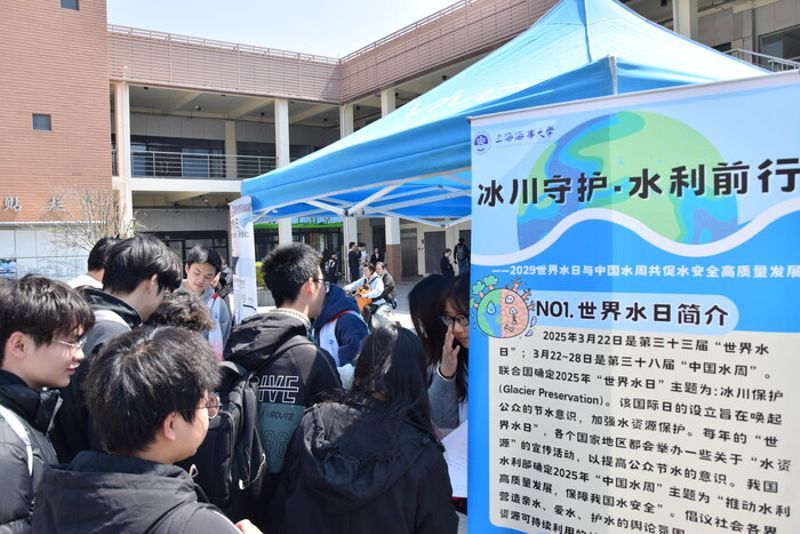
Figure 1 On-campus outreach
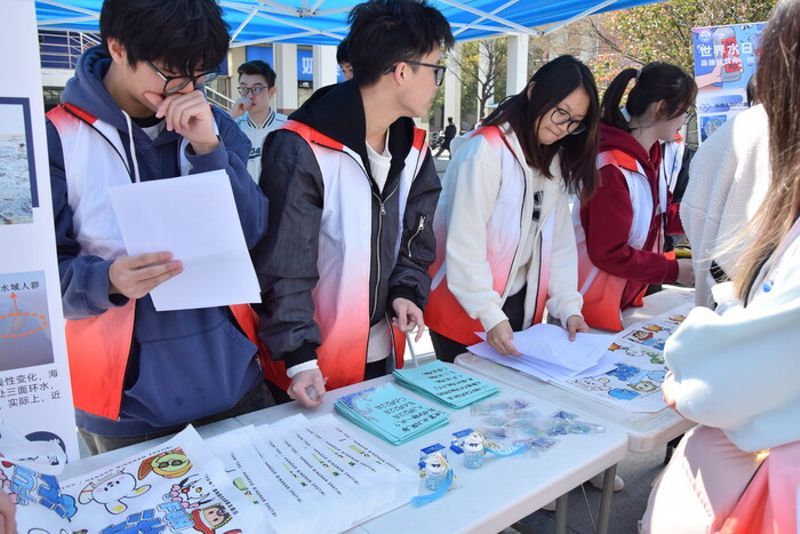
Figure 2 On-site knowledge interaction

Figure 3 Group photo of Begonia volunteers
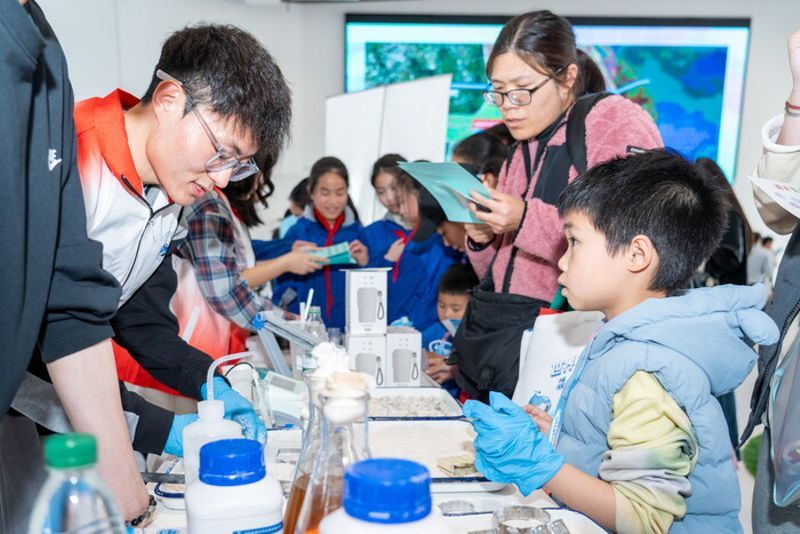
Figure 4 Volunteer science popularization coral sand reinforcement experiment
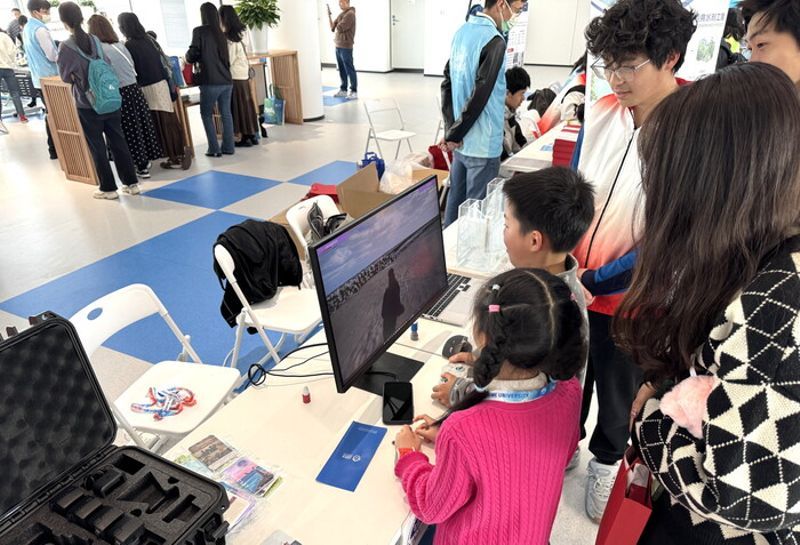
Figure 5 A demonstration of a digital sea wall for children
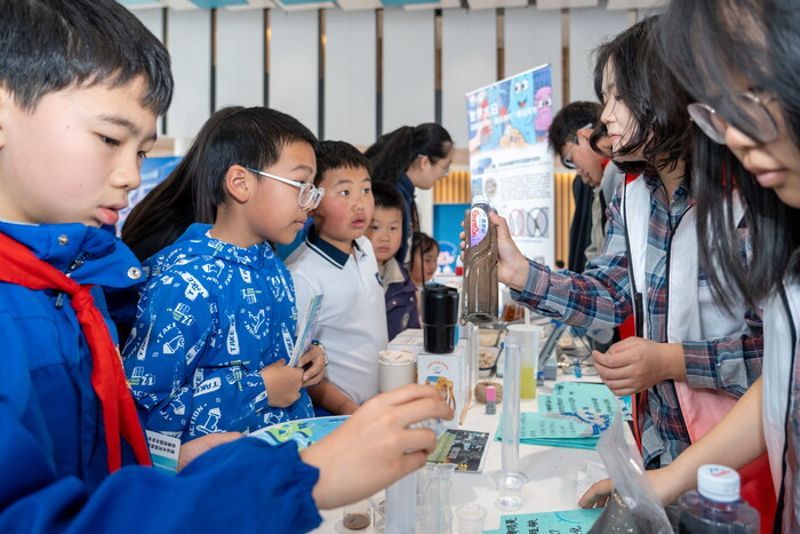
Figure 6 Interactive experience of sewage purification
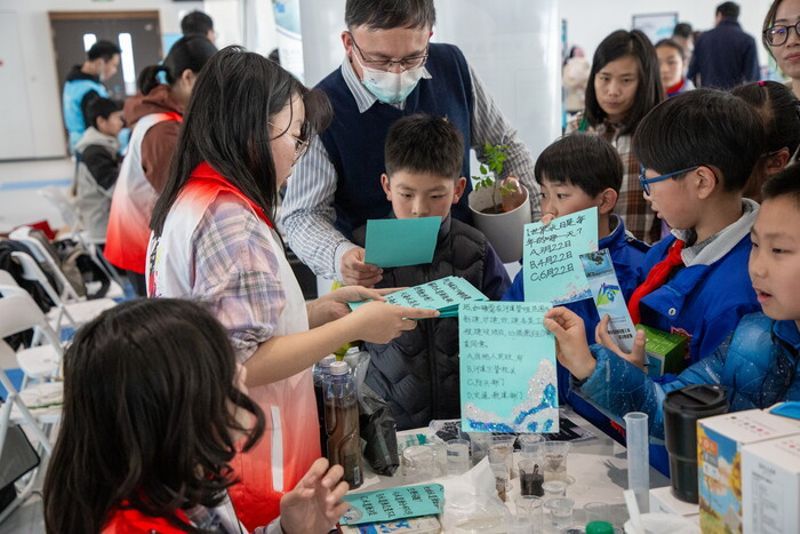
Figure 7 Interactive answers
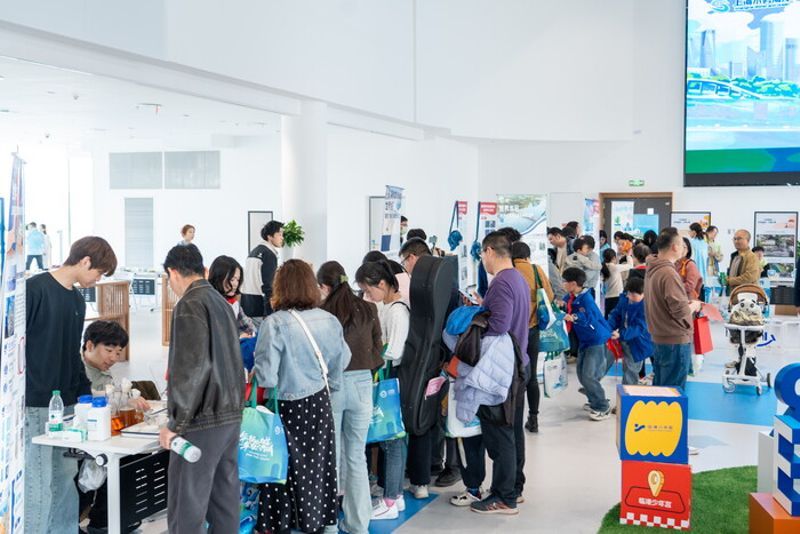
Figure 8 The popular science booth attracted a large number of citizens
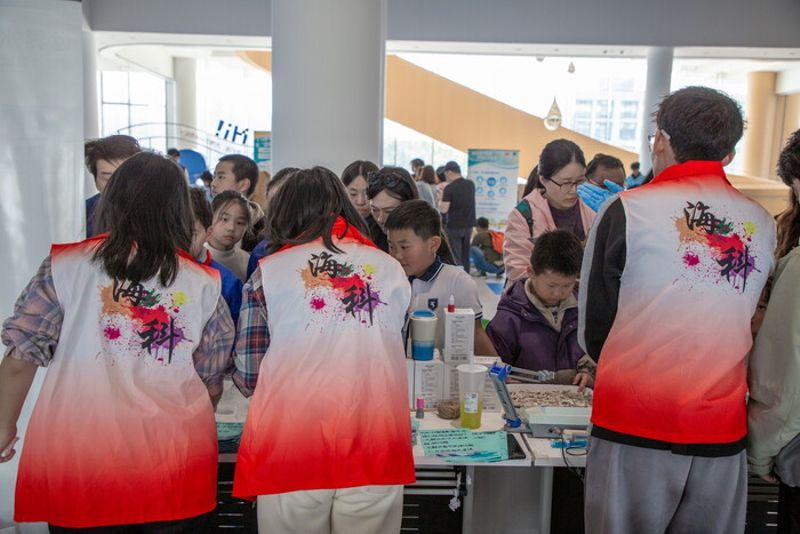
Figure 9 Volunteers popularizing science
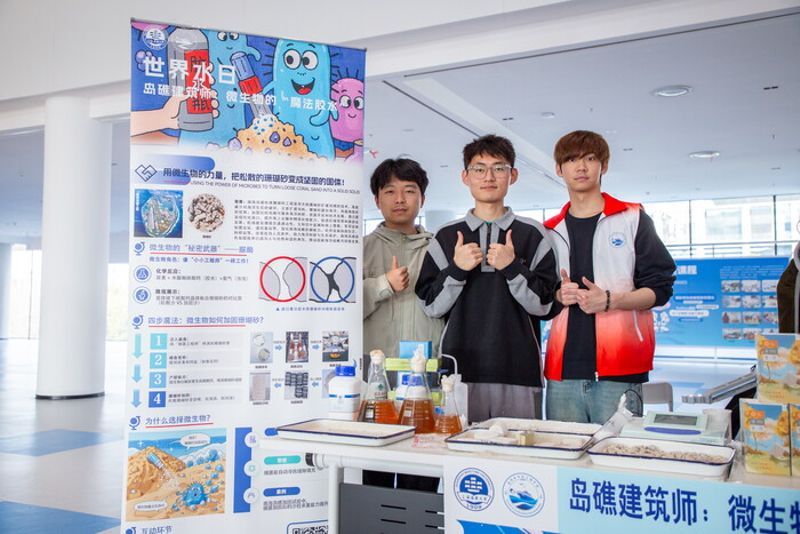
Figure 10 Group photo of volunteers
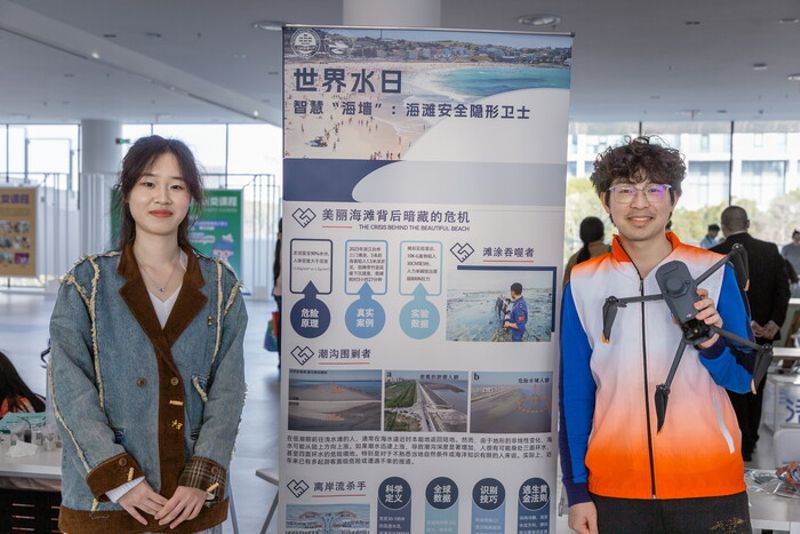
Figure 11 Group photo of volunteers
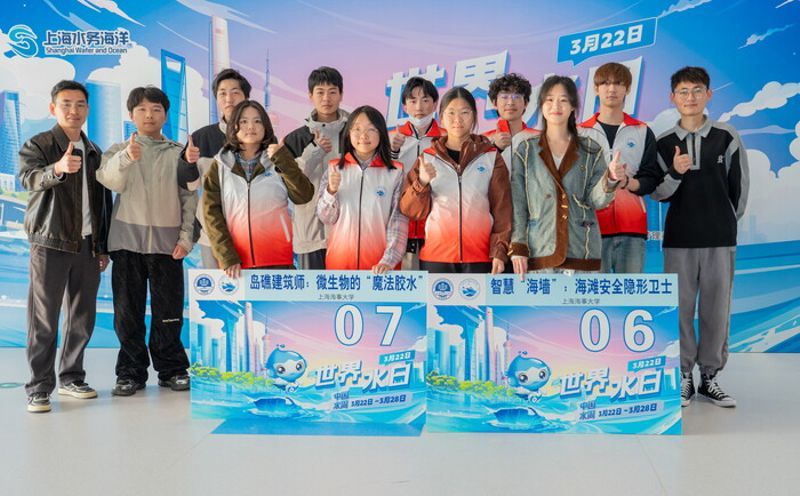
Figure 12 Group photo of volunteers
